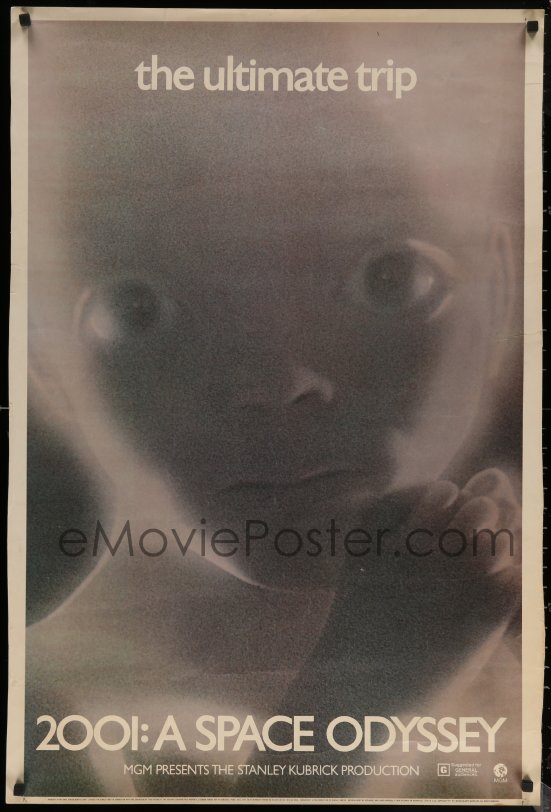
References to 2001: A Space Odyssey in The Simpsons Episodes PictureĪt the beginning of the episode, Homer dreams he is one of the apes in the "Dawn of Man" sequence. 1 References to 2001: A Space Odyssey in The Simpsons.

Also sprach Zarathustra has achieved iconic status in popular culture and become the de facto theme of 2001.Ģ001: A Space Odyssey has been referred to several times in Simpsons media. Two of the best-known musical themes from the film are " The Blue Danube", which is the waltz heard when the "space plane" docks with the space station and Also sprach Zarathustra, the fanfare heard during the film's opening and closing scenes. Among other things, it was noted for its then ground-breaking special and visual effects, scientifically accurate depiction of space travel, and use of classical music in the score. It has since been regarded as a landmark in the sci-fi genre and one of the most influential movies of all time. In the end, Bowman unites with the alien intelligence behind the monoliths and becomes a fetus-like Star Child which is seen floating in space near Earth in the movie's final scene.Ģ001: A Space Odyssey did very well at the box office and was the highest-grossing film in North America in 1968. When Bowman approaches the monolith, he inadvertently activates a stargate which sends him across vast distances of space. Bowman reaches Jupiter, discovers another monolith in orbit about the planet, and leaves the ship in an EVA pod. HAL malfunctions due to the mission's need for secrecy being incompatible with his programming, and Bowman is forced to deactivate him. The mission's true purpose (unbeknownst to Bowman but known to HAL) is to investigate the intelligence behind a mysterious black monolith that sent a radio signal to the outer reaches of the solar system and also (as shown in the film) influenced humanity's pre-history. The main characters are astronaut David Bowman and HAL 9000, the ship's computer. The film tells the story of the spaceship Discovery One, which is en route to Jupiter ostensibly on a scientific mission. Clarke went on to write two additional sequels in the 2001 series, 2061: Odyssey Three and 3001: The Final Odyssey, neither of which has been adapted into a movie.

A sequel to the novel, titled 2010: Odyssey Two, appeared in 1982 and was adapted into a film in 1984. Clarke, was written concurrently with the development of the film and was published after the film's release.

The novel of the same title, by Arthur C. 2001: A Space Odyssey is a science fiction film produced and directed by Stanley Kubrick, released in 1968.


 0 kommentar(er)
0 kommentar(er)
